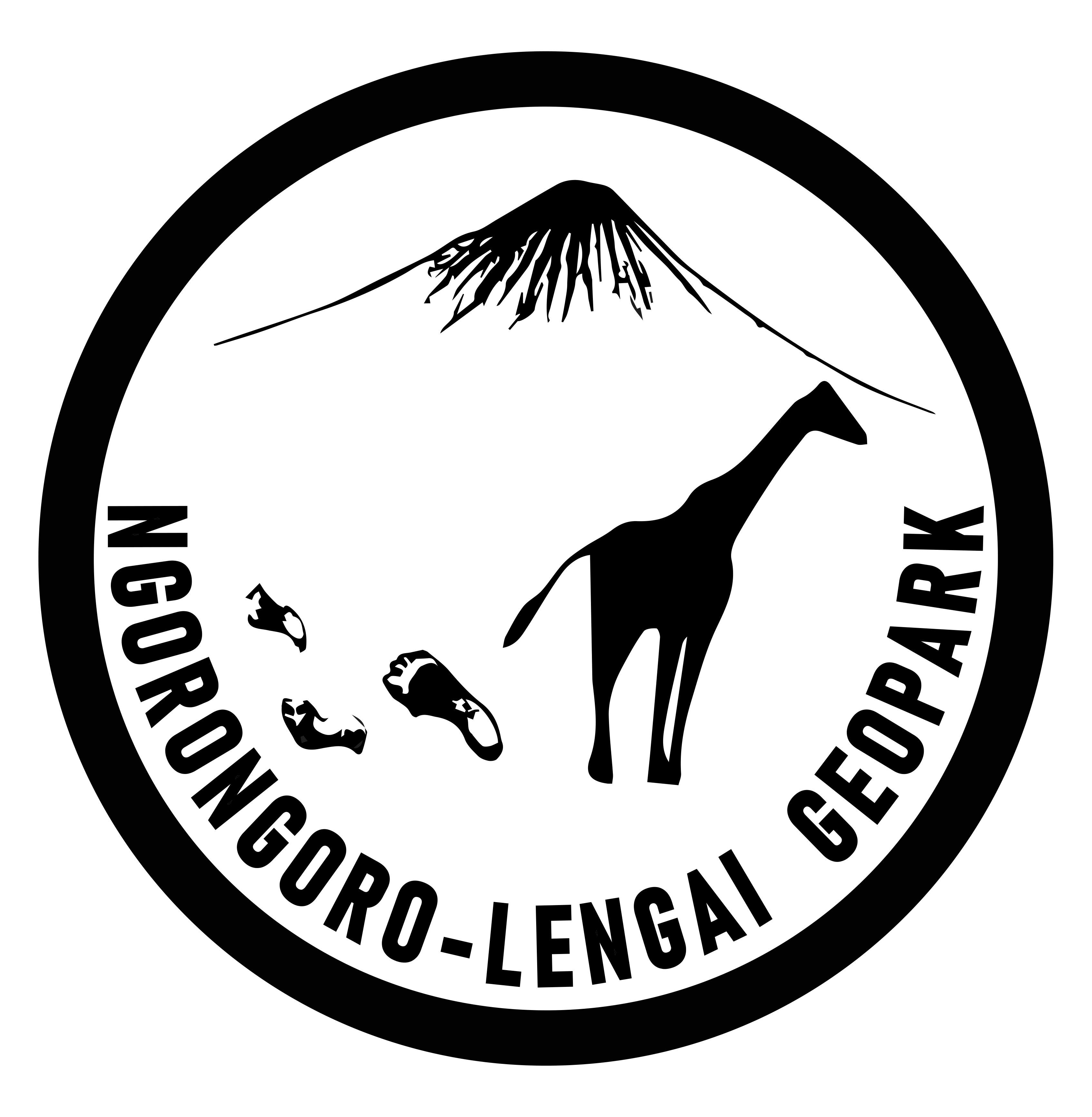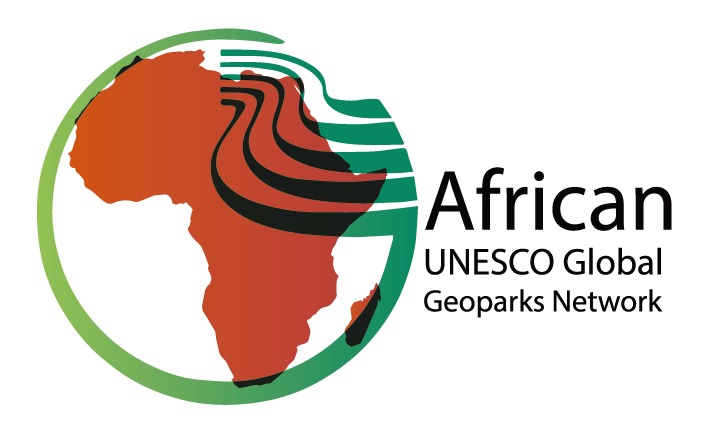Research and Monitoring
Priority Areas
NCAA has identified key areas to conduct research for monitoring purposes and sustainability of the area.
Follow us
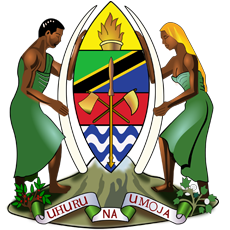
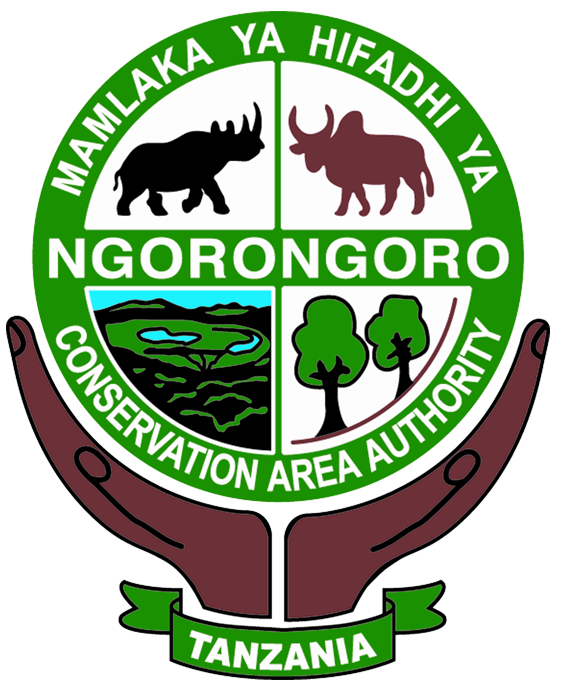
Follow us
Research and Monitoring
Priority Areas
NCAA has identified key areas to conduct research for monitoring purposes and sustainability of the area.
ONGOING RESEARCHES
01 Lion Project
Specialized areas of research include; Lion population and human lion conflict mitigation; Conducted by the Ngorongoro Lion Project – Kopelion.
The Lion Monitoring Program has maintained regular and long-term demography monitoring of the NCA’s lion strongholds, Ngorongoro Crater subpopulations, and the Ndutu/Masek region. Here, each lion is individually identified and monitored throughout their lifespan. Furthermore, we put in serious efforts to locate, identify, and monitor the elusive lions that inhabit or traverse the NCA’s multiuse areas, which have significantly lower populations and link the two lion strongholds. We implant GPS collars on a few individuals in NCA’s multiuse areas to study lions’ behavior through fine scale movement patterns. We track lion presence in the same area by GPS-logging any signs of lions we encounter in area.
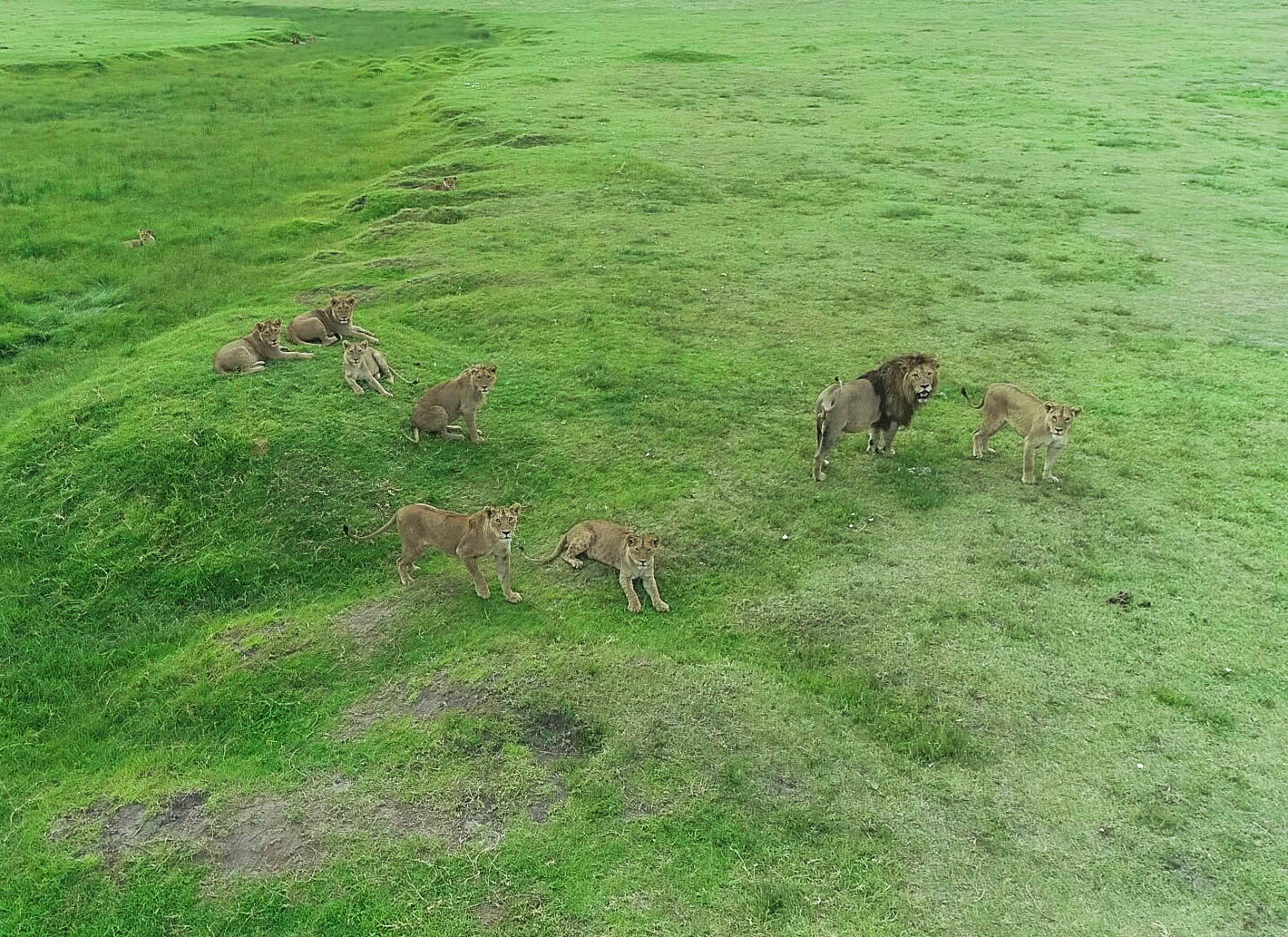
Specialized areas of research include; Causes and consequences of the commuting system in the Serengeti, the impact of humans on carnivores, and population dynamics in the Ngorongoro Crater.
Abstract:
The long-term research on the spotted hyena (scientifically known as Crocuta crocuta) populations in the Ngorongoro Crater aims to provide scientific information of value to wildlife managers, conservation stakeholders and the general public of Tanzania. This keystone carnivore of African savannahs is of a considerable value given the growing demand to understand the impact of global climate change and the increased human pressure on ecological systems.
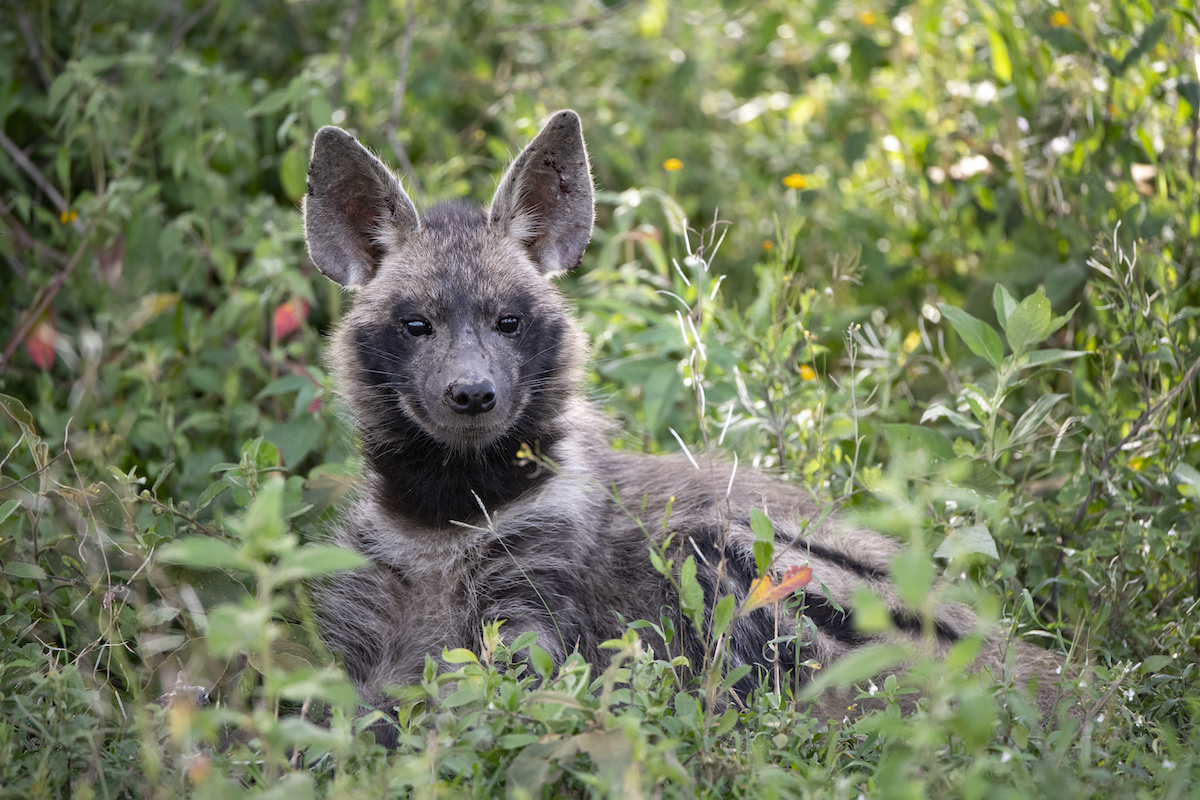
This research seeks to test scientific hypotheses derived from theoretical models on the evolution of key traits of this unique carnivore and to develop new methods in wildlife research. Our research is designed to provide a fundamental understanding of:
Specialized areas of research include; control of invasive plants species using nature based or biological control; Conducted by Nelson Mandela institute of Science and Technology (NMIST).
Abstract:
Managing invasive plant species in conservation areas is associated with a lot of challenges, and in particular one is the limited practicability to use conventional methods such as chemical or biological applications that are commonly used and effectively implemented in non-protected areas. Chemical control, biological agents (also known as natural enemies), and mechanical removal can all have drawbacks in conservation areas, most notably because they may have wider-ranging adverse effects on native flora and fauna in addition to being costly and labor-intensive to implement over vast geographical areas.
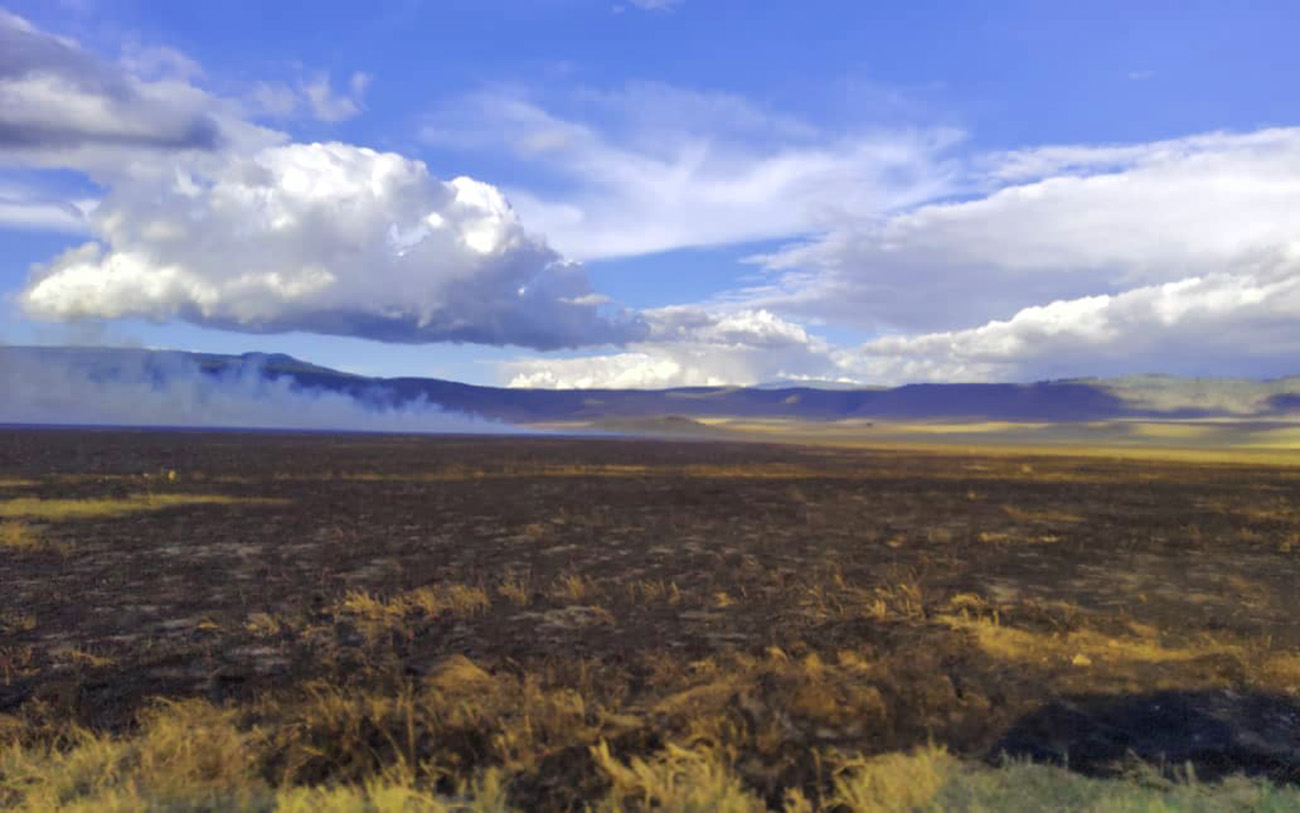
One potential solution is to apply the principles of plant-plant competition theory by promoting native species with a suite of characteristics, e.g. higher growth rates that outcompete and suppress the target invasive species. However, invasive control approaches in such protected areas need to be authenticated and supported by evidence in terms of their efficacy not only in controlling the target invasive species but also their need based on manipulating native species abundances. Climate, disturbances (such as fire, herbivory), and land management methods that control the abundances of both the target invasive and the intended suppressive competitor should all be taken into consideration when evaluating the efficacy of these strategies.
Specialized areas of research include; villages within and around Ngorongoro Conservation Area conducted by College of African Wildlife Management (CAWM)-MWEKA.
Abstract:
Ngorongoro Conservation Area (NCA) is currently faced with an escalating challenge of human-wildlife conflicts, consequently impacting negatively on the ecological sustainability, food security, and economic viability of local people within and around NCA. This problem is expected to worsen in the near future as the population of wildlife, human and livestock increases; thus, preventing and mitigating Human Wildlife Conflicts (HWC) is a top conservation priority.
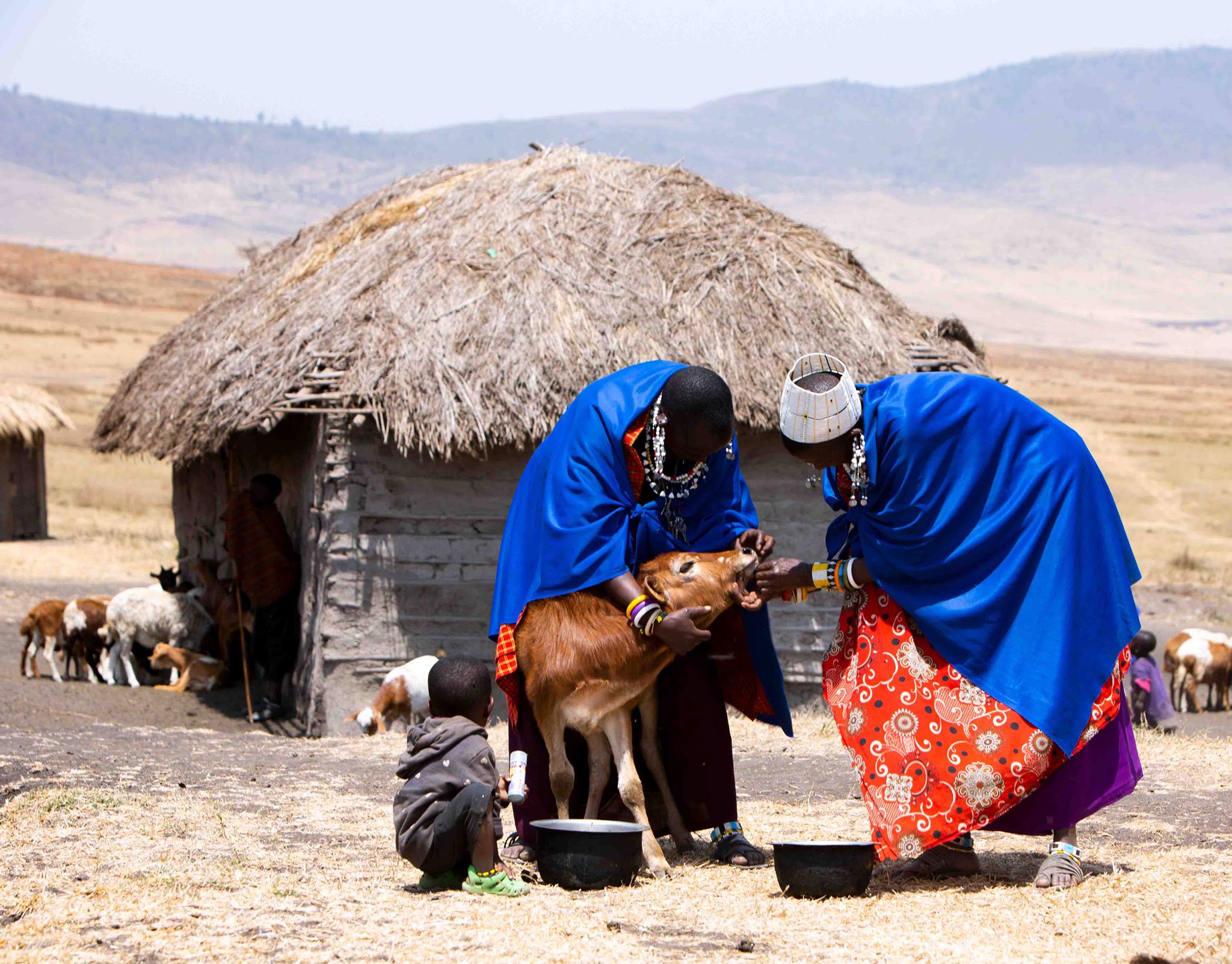
The ultimate goal of this project is primarily to understand the causes, nature, and level of human-wildlife conflicts within and around NCA. The aftermath is to map hotspots/geographical zones which are more vulnerable to HWC within and around NCA using GIS and come up with the best management guidelines and practical solutions (low-cost, low-technology) that policy and decision makers may use to minimize these conflicts to a manageable level.
Specialized areas of research include; Factors affecting sustainability of joining the Ngorongoro Conservation Area and adjacent protected areas in Northern Tanzania. A chronological study from 1950s to 2020, conducted by university of Dar Es Salaam.
Abstract:
To assess factors affecting sustainability of the corridors joining the NCA with other PAs in Northern Tanzania from the 1950s to 2020, data related to demographic factors, economic factors (local and international market forces) as well as political factors are also assessed. All these factors shape structure and sustainability of wildlife corridors and affect coexistence of socio-ecological systems (human-wildlife coexistence) in different landscapes.
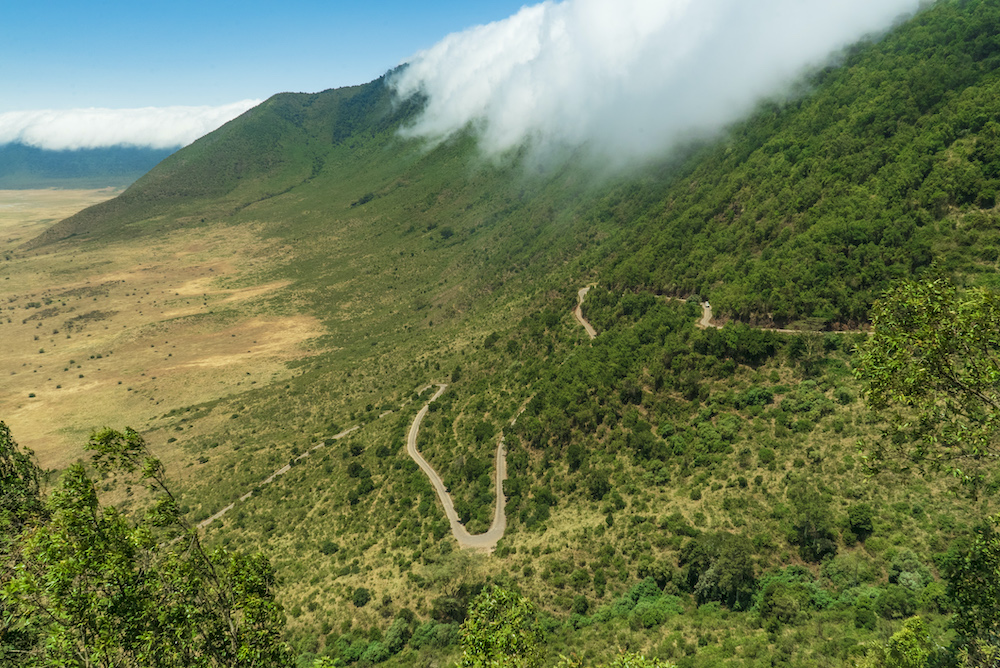
The study is expected to provide field-based evidence and long-term data that will help policy makers and practitioners to understand the main factors that shape structure of corridors and affect sustainability of wildlife corridors joining the NCA and other PAs in Northern Tanzania.
The overall objective of the study is enhance understanding about factors that have been shaping structural configuration of wildlife corridors joining the NCA and other PAs in Northern Tanzania, and affecting corridors sustainability from the 1950s to 2020.
Specialized areas of research include; monitoring of Cheetah population and Behavior in the Ndutu Area and Serengeti Plains.
Abstracts:
The ongoing Serengeti Cheetah Project has continued to monitor the cheetah population in the Serengeti ecosystem through fieldwork by project staffs as well as citizen science based information gathered from visitors to the area.
Each month, a survey is conducted to locate and identify cheetahs in the study area on the plains and the Ndutu region, and detailed information on individual cheetahs was gathered during each encounter. Individual cheetahs were identified directly from photographs using their distinctive spot patterns or matching software on a computer. Apart from taking photos, scat samples were collected to monitor genetic diversity and establish paternity of individuals.
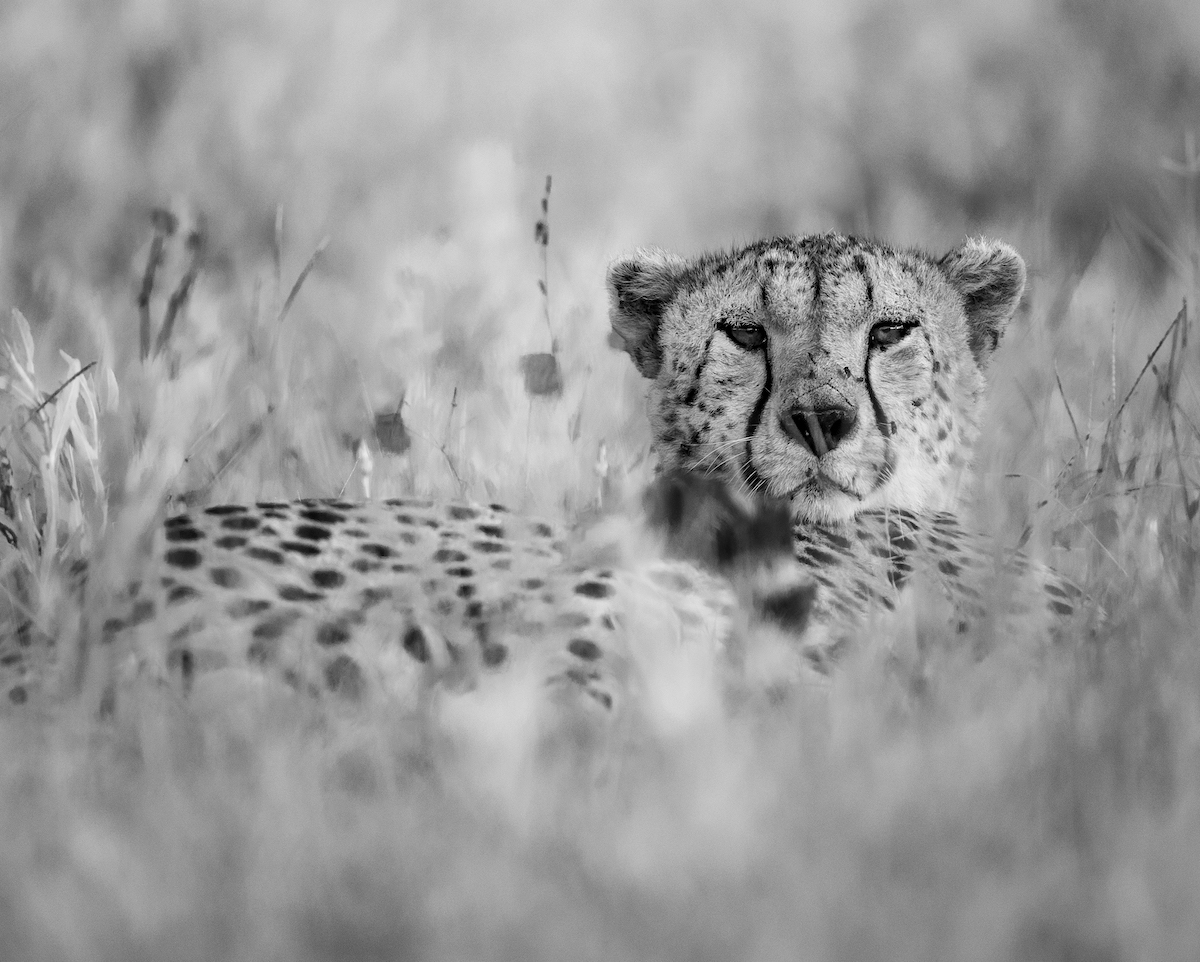
The study is expected to provide field-based evidence and long-term data that will help policy makers and practitioners to understand the main factors that shape structure of corridors and affect sustainability of wildlife corridors joining the NCA and other PAs in Northern Tanzania.
The overall objective of the study is enhance understanding about factors that have been shaping structural configuration of wildlife corridors joining the NCA and other PAs in Northern Tanzania, and affecting corridors sustainability from the 1950s to 2020.
what is your experience at NCAA
chat with our representative
entry fee, motor vehicle, crater fee etc
what is your experience at NCAA
chat with our representative
